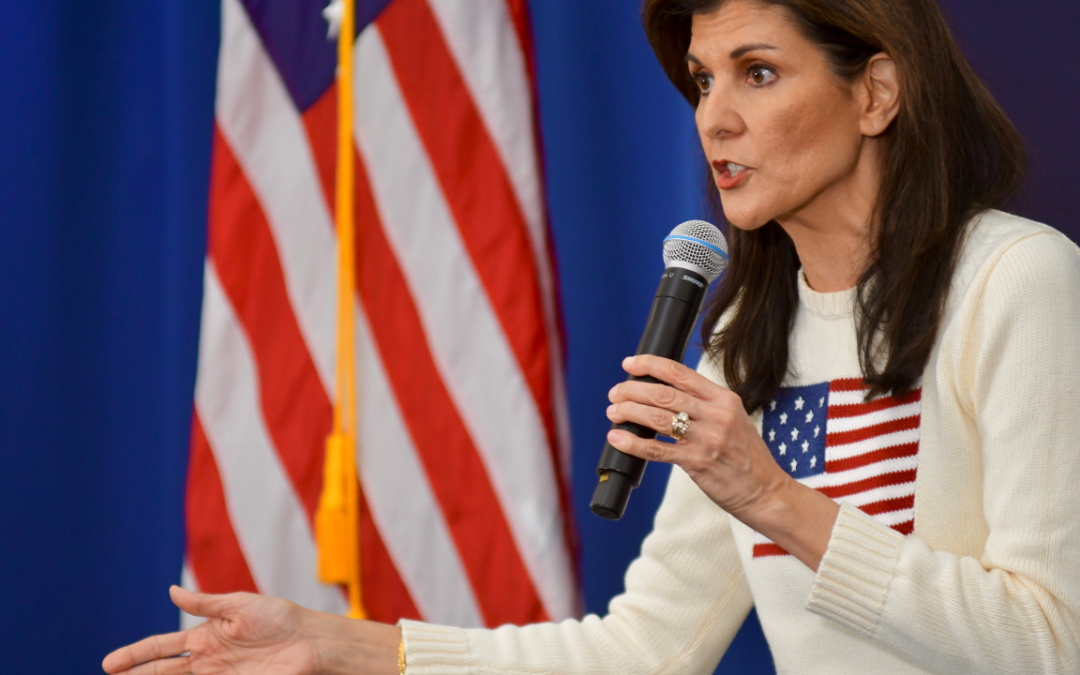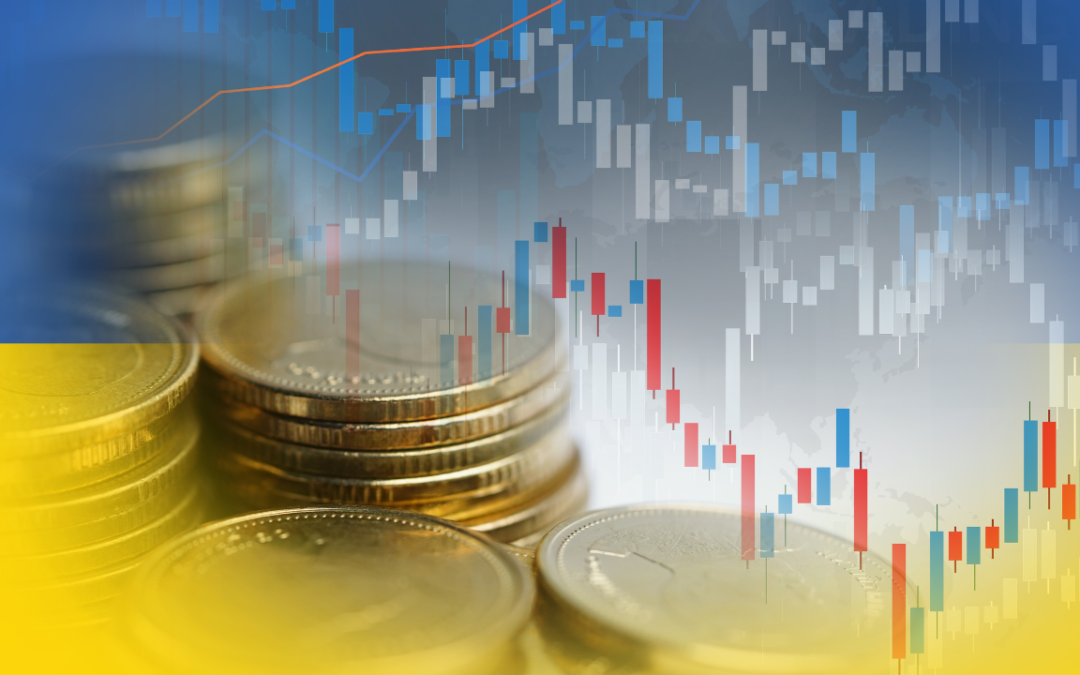In a surprise to many observers (ourselves included), the midterm elections proved to be more closely contested than most polls and political futures markets had indicated. The political prognosticating community may have had the longest night of all and will be licking its wounds in the days to come.
The much anticipated “red wave” failed to materialize. While the Republicans appear poised to emerge with a small majority of perhaps 5-10 seats in the House of Representatives, the Senate remains a toss-up and the two major parties fought to a stalemate in gubernatorial and local elections. At most, a Republican ripple rolled across the American political pond on Nov. 8.
So, what does this mean for investors, and more importantly, for America?
To begin, markets dislike uncertainty. That alone can explain why equity markets are dipping the morning after. And uncertainty about the outcome in the U.S. Senate could extend into next month, given that control of the body may not be known until after a potential run-off election for the contested Senate Georgia seat on Dec. 6.
Uncertainty may also persist if closely fought races for the House of Representatives and Senate are subsequently contested in the courts. After the events leading up to and including Jan. 6, 2021, one can only hope the fights take place within the bounds of the law.
Second, and with an eye toward the 2024 elections, both parties will begin to draw political conclusions that will shape their policy agendas domestically and abroad. For Republicans, the party will grapple with candidate selection, how much former President Donald Trump’s sagging popularity is now a liability, and whether social issues—above all the Dobbs decision that overturned Roe v. Wade—robbed them of the typical midterm gains they had anticipated. Democrats, on the other hand, will need to be careful lest they forget that polls indicate they are less trusted with economic issues, with inflation and stagnant living standards at the top of voters’ grievances. And looming in the minds of many is whether President Biden will decide to run for a second term. In all these ways, the initial results from the midterm have not provided clarity. Uncertainty prevails.
Third, while markets were buoyed going into the midterms by the prospect of gridlock, which was seen as both providing deflationary pressure by freezing U.S. fiscal and regulatory legislation and offering corporate America greater clarity in which to plan and invest over the next two years, that costs of gridlock may now weigh on the occupants of the corner offices and boardrooms.
After all, while a narrow Republican majority in the House would assure them of holding the powerful speaker’s gavel and control over key committees, it may also make the GOP even more beholden to the more radical elements in its party. Whoever becomes speaker of the House of Representatives, in other words, will require the support of Georgia’s Marjorie Taylor Greene and other hard-right MAGA members to maintain control in the lower chamber.
To mix metaphors, the Republican ripple might wash ashore with “fat tails,” the fattest of which may be the political brawls that could ensue both within the GOP and between Congress and the Biden administration over raising the U.S. debt ceiling. Recall that Congress must pass legislation, which the president must then sign, to increase the borrowing authority of the country. The need to raise the debt ceiling is projected to be in front of the new Congress sometime in the first quarter of 2023.
The concern is that radical Republicans in Congress may threaten to shut down the government if they deem it politically expedient. The U.S. has more than $30 trillion in debt and is approaching its legal borrowing limit. If the ceiling is not raised in early 2023, the full faith and credit of the U.S. government could be at risk. Republicans have used the debt ceiling as a political pawn twice before, namely during the Clinton and Obama administrations, and each time markets swooned. The 2011 debacle cost the U.S. its AAA rating. The premise that Republicans have learned from past electoral backlashes against debt brinksmanship rests on wobbly foundations, given how much the GOP has changed over the past decade and how little the MAGA crowd appears to care about the party’s traditions.
Fourth, while gridlock all-but ensures that major fiscal policy changes are off the table for the next two years, that may not be a source of durable good news for the markets. True, tying the hands of Washington with regards to tax and spend removes the possibility that fresh fiscal stimulus would further stoke inflation. But it also means the entire responsibility for U.S. macroeconomic stabilization policy will be borne exclusively by the Federal Reserve. Yet if the myriad of economic challenges we face today—from Fed tightening to the war in the Ukraine to the weakening Chinese economy—conspire to push the U.S. economy into a deeper or longer recession, markets may regret the loss of effective countercyclical fiscal policy. Legislative gridlock means that the U.S. will have to rely exclusively on monetary policy stimulus to engineer a recovery once inflation has been brought under control. That is worrisome. If we have learned anything in recent decades, it is that monetary policy has lost its potency.
Fifth, a legislatively handicapped President Biden has only two avenues to drive his agenda: executive orders and foreign policy. As a committed legislator with nearly four decades experience in the U.S. Senate, Biden is less likely than former Presidents Trump and Obama to bypass Congress with pervasive executive orders. He must also be wary that a partisan and politically hostile conservative Supreme Court majority may thwart him. And in foreign policy, apart from climate change, fewer differences exist between Biden and Trump than many believe. Biden is apt to sharpen his rhetoric toward China. He has shown no inclination to remove tariffs and is likely to propose higher defense spending, which will anger both China and Russia. At the same time, U.S. policy toward Ukraine may become a flashpoint, given MAGA’s strong ties to Russia and the movement’s stated aversion to funding military support for the Ukraine.
Finally, divided government makes it impossible to legislatively advance major climate initiatives or healthcare reform, including Medicare negotiations to lower prescription drug prices. For the next two years, dirty energy and big pharma will get a break (from the inevitable), but investors who pile in will need to know they are on the wrong side of (investing) history. Divided government will not undermine the misnamed Inflation Reduction Act, and federal spending on infrastructure and subsidies for clean energy will not be rolled back.
The bottom line is as much as Wall Street might have welcomed gridlock, investor joy is already waning. The midterms clarified little relative to what they muddied. To the extent that policy paralysis is the key takeaway, it handicaps the flexibility of the government to stabilize the economy or markets, should that become necessary. Gridlock also stymies much-needed investment in education, training and health, or ways society can address climate change and its impacts on the economy. In a world of rising geopolitical tensions, gridlock does nothing to reassures investors that even worse outcomes abroad won’t materialize.
Markets are well-known for being myopic. Last night’s non-outcome should force investors to lift their gaze. Whether they will remains to be seen.



